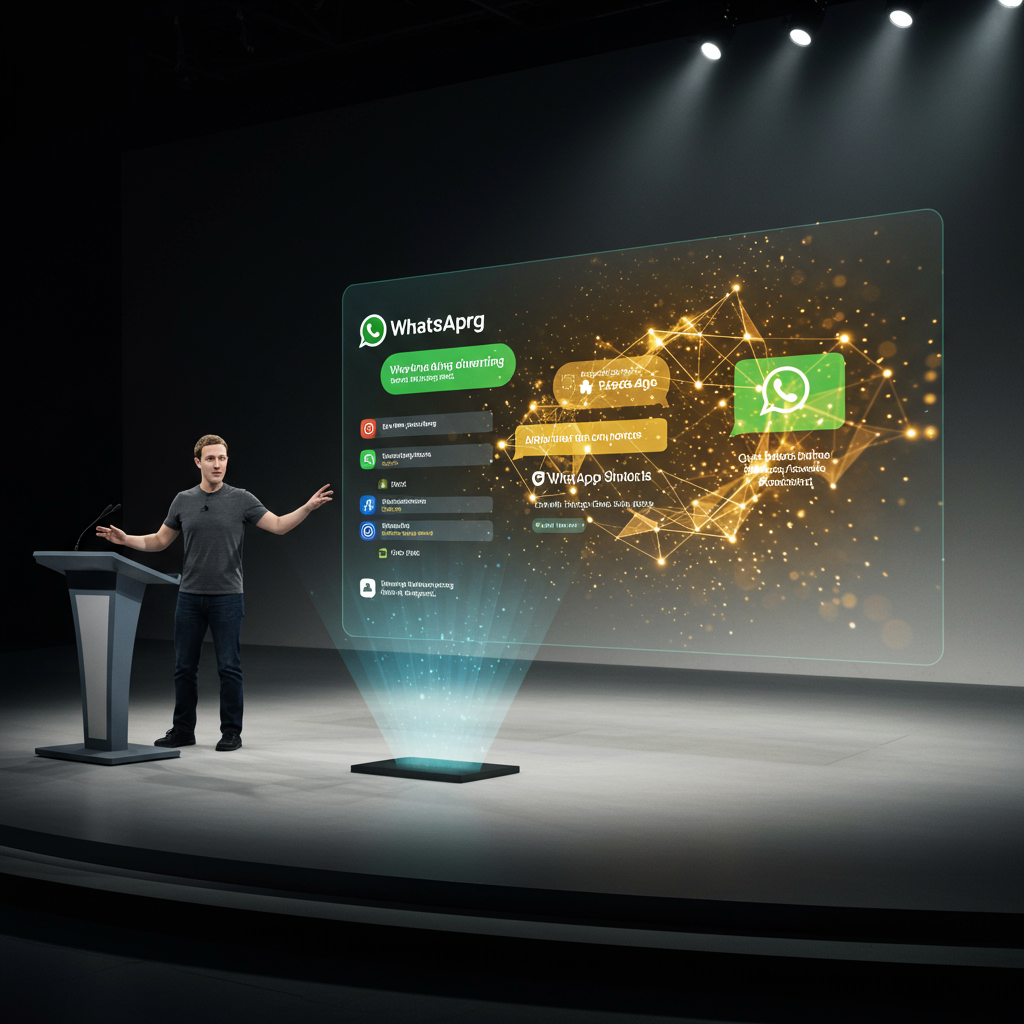Get ready to see advertisements on WhatsApp. The Meta-owned messaging giant is rolling out new features globally that introduce advertising and fresh ways for creators and businesses to monetize on the platform. This marks a significant shift as Meta aims to unlock new revenue streams from WhatsApp’s massive global user base, estimated to be in the billions, with 1.5 billion reportedly using the key section where ads will appear daily.
However, before you panic about your private chats becoming cluttered, WhatsApp is emphasizing a clear distinction:
No Ads in Private Chats: Ads will NOT appear within your personal one-on-one or group message threads.
Message Content NOT Used: The content of your encrypted private messages, calls, or group affiliations will absolutely NOT be used to target ads.
WhatsApp is drawing a firm line to protect the core private messaging experience that users trust.
Where WhatsApp Ads WILL Appear
Instead of infiltrating your inbox, the new advertisements will be strategically placed in a dedicated section of the app called the Updates tab. This tab is separate from your main chat list and is where you find features like:
Status Updates: Ephemeral posts similar to Instagram or Facebook Stories.
Channels: One-way broadcast feeds you can follow from creators, businesses, sports teams, and organizations.
WhatsApp developers highlight that the Updates tab was specifically designed as a space for discovery, making it the logical place for monetization without disrupting private conversations.
How Ad Targeting Will Work
If your private messages aren’t used for targeting, how will WhatsApp decide which ads to show you? Targeting will primarily be based on:
Your geographical location (country and city).
The language you use in the app.
How you interact with ads within the Updates tab.
Which Channels you follow.
While WhatsApp stresses its commitment to using minimal non-private data, users who have opted to link their WhatsApp account with their Facebook or Instagram profiles may see more personalized ads across the Meta ecosystem.
Beyond Ads: New Monetization for Channels
Introducing display ads in the Updates tab is just one part of WhatsApp’s broader monetization strategy. Two other key features are being rolled out to help creators and businesses leverage their presence:
- Paid Subscriptions for Channels: Channel administrators will gain the ability to charge a monthly fee for exclusive access to content or updates within their channel. This allows creators to build a direct revenue stream from their most engaged followers.
- Paid Channel Promotion: Businesses and creators will be able to pay WhatsApp to boost the visibility of their Channels. This feature, requested by many businesses, aims to improve discoverability and help them attract new followers within the app’s directory.
WhatsApp plans to take a commission from paid Channel subscriptions, with figures around 10% being mentioned, though this may vary and could involve additional app store fees depending on the platform and business size.
Navigating User Trust: Expert Warnings and WhatsApp’s Stance
This move represents WhatsApp’s most substantial push into generating revenue since its acquisition by Meta. Social media experts like Matt Navarra view it as Meta “laying the foundation for WhatsApp to finally become a monetisable platform at scale.”
However, experts also warn that “monetizing the periphery” of WhatsApp, while keeping chats private, is not without significant risk. There are concerns, particularly in markets like the UK and Europe where WhatsApp is primarily seen purely as a private messaging tool, that “Any perception that the app is becoming noisy or Facebook-ified will spark backlash,” according to Navarra. He links this shift to a broader trend where users are retreating from public feeds into more private DMs and Stories, suggesting Meta is trying to evolve WhatsApp into a platform without fully realizing it, potentially risking user disengagement or distrust if they move too quickly.
WhatsApp leadership, including boss Will Cathcart, acknowledges the alignment with Meta’s other platforms, calling it a “natural extension of messaging services” comparable to features found in rivals like Snapchat and Telegram. Cathcart stresses that for users who solely rely on WhatsApp for messaging and don’t engage with the Updates section or follow Channels, the changes “won’t affect your inbox” and they “are not going to see this.”
Addressing recent user feedback regarding permanent features like the unremovable Meta AI button, Cathcart indicated the company would “look at the feedback” but defended having fixed features (like the Updates or Calls buttons) as a way to avoid excessive complexity from too many settings.
A New Era for WhatsApp
The introduction of ads and new monetization features marks a new era for WhatsApp. While Meta seeks to leverage the app’s immense scale for revenue, the company is attempting to do so by confining ads to a separate, public-facing area, emphasizing the continued privacy and ad-free nature of personal conversations. This balancing act aims to unlock WhatsApp’s commercial potential while preserving the user trust built on its foundation of private, encrypted messaging.




